The CL1 computer is the first in the world that combines human neurons with a silicon chip. It could be used in disease modeling and drug discovery before it expires after six months.
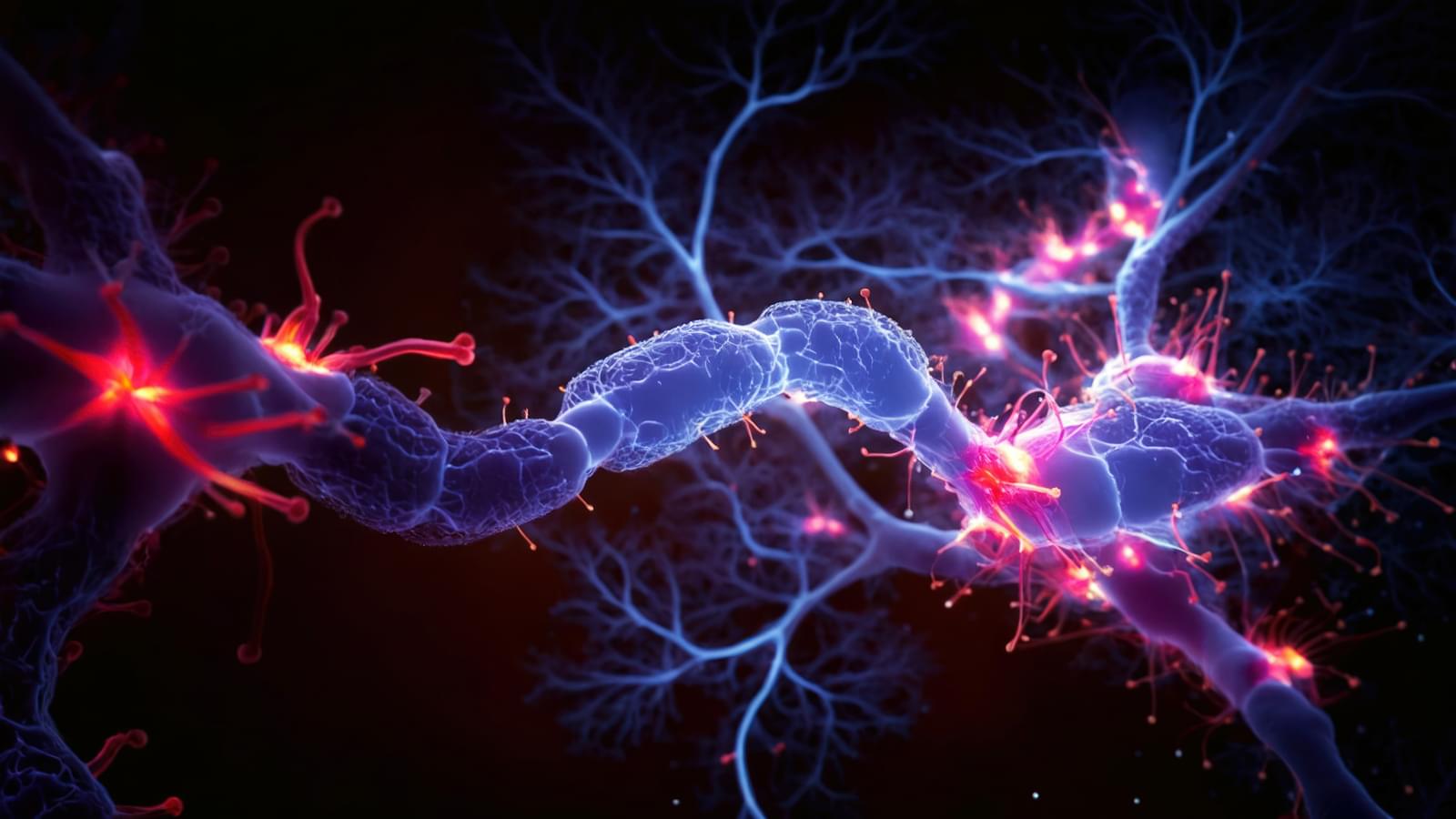



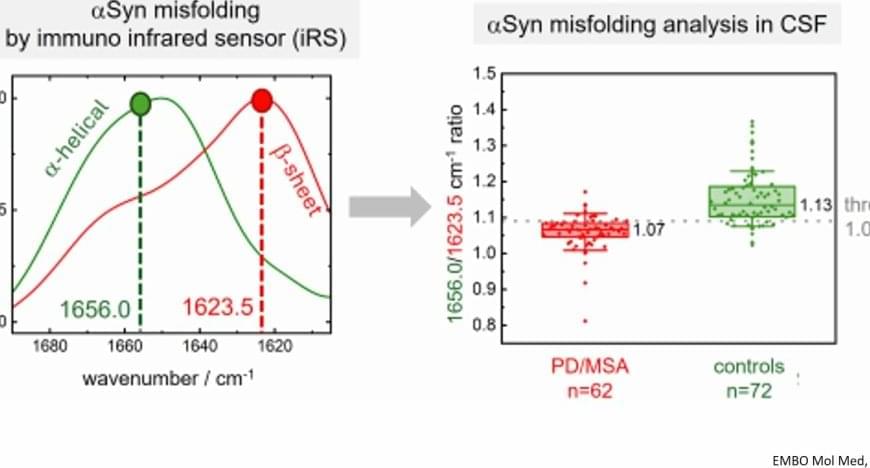
A new gene therapy reversed heart failure in pigs by repairing heart function through cBIN1, showing major promise for future treatment.
A new gene therapy has been shown to reverse the effects of heart failure and restore heart function in a large animal model. The treatment increases the heart’s ability to pump blood and significantly improves survival rates. A paper describing the results calls it “an unprecedented recovery of cardiac function.”
Heart failure is currently irreversible. Without a heart transplant, most treatments aim only to reduce the heart’s workload and slow the progression of the disease. If this gene therapy produces similar outcomes in future clinical trials, it could offer a way to repair the hearts of one in four people expected to develop heart failure during their lifetime.
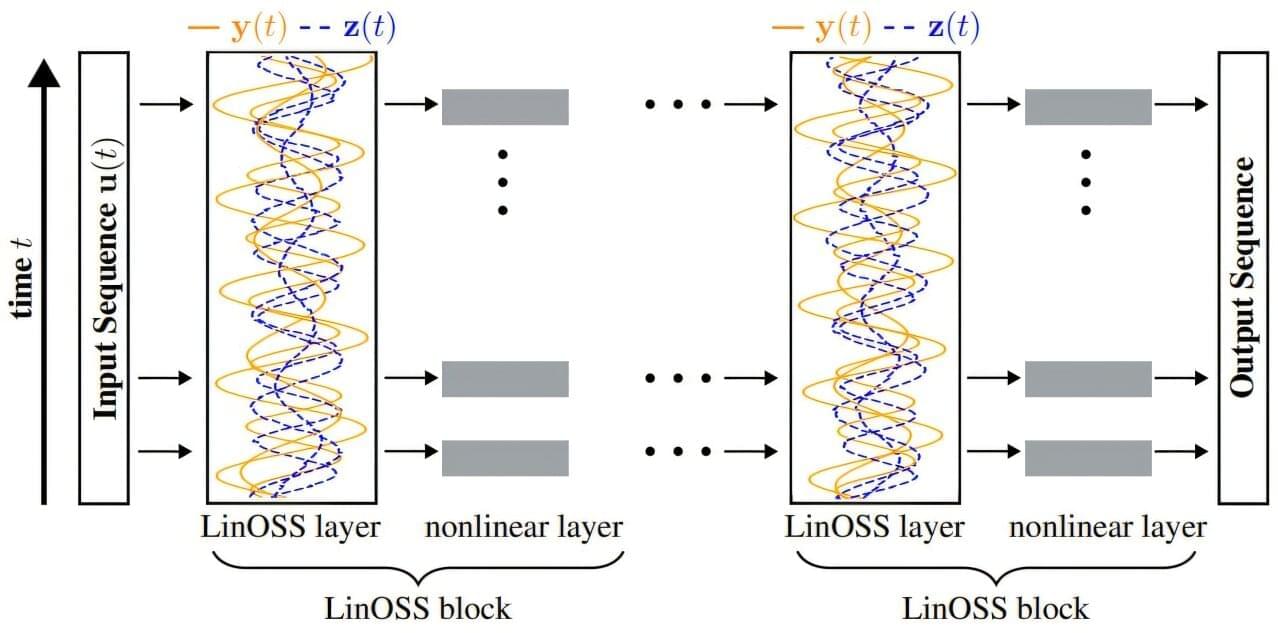
Researchers from MIT’s Computer Science and Artificial Intelligence Laboratory (CSAIL) have developed a novel artificial intelligence (AI) model inspired by neural oscillations in the brain, with the goal of significantly advancing how machine learning algorithms handle long sequences of data.
AI often struggles with analyzing complex information that unfolds over long periods of time, such as climate trends, biological signals, or financial data. One new type of AI model called “state-space models” has been designed specifically to understand these sequential patterns more effectively. However, existing state-space models often face challenges—they can become unstable or require a significant amount of computational resources when processing long data sequences.
To address these issues, CSAIL researchers T. Konstantin Rusch and Daniela Rus have developed what they call “linear oscillatory state-space models” (LinOSS), which leverage principles of forced harmonic oscillators—a concept deeply rooted in physics and observed in biological neural networks.
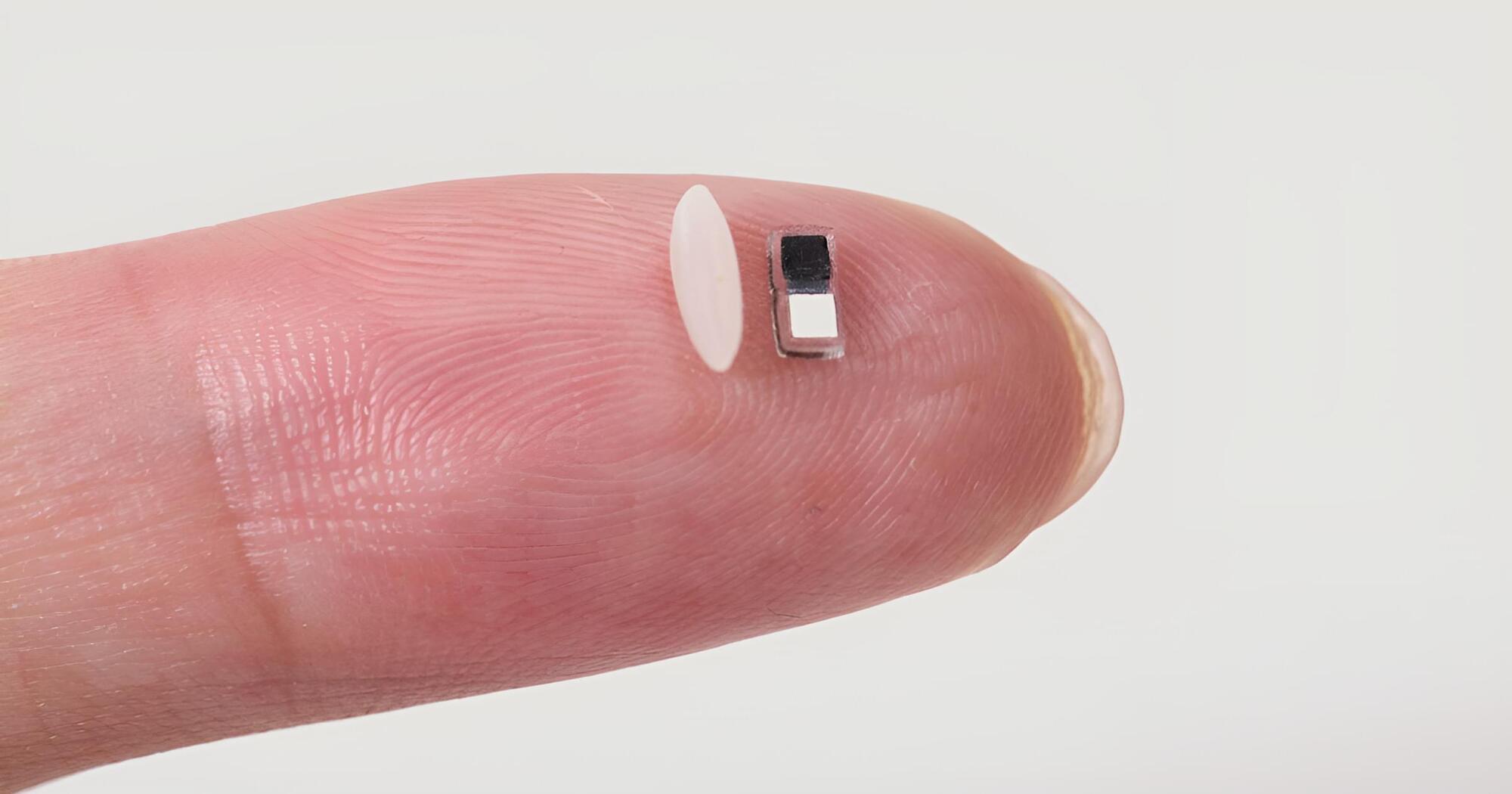

Four physicists at the Hebrew University of Jerusalem, in Israel, have unraveled the mechanical process behind the growth of roses as they blossom into their unique shape. In their study published in the journal Science, Yafei Zhang, Omri Cohen, Michael Moshe and Eran Sharon adopted a multipronged approach to learn the secrets behind rose blossom growth. Qinghao Cui and Lishuai Jin, with the University of Hong Kong have published a Perspective piece in the same journal issue outlining the work.
Roses have been prized for their beauty and sweet aromas for thousands of years, but until now, the mechanics behind rose growth have not been explored. To gain a better understanding of the process, the research team undertook a three-pronged approach. First, they conducted a theoretical analysis of the process. Then they created computer models to simulate the ways the flowers might grow and bloom; finally, they created real-world bendable plastic disks to simulate petals and the possible ways they could grow given the constraints of real roses.
They found that the shape of the petals is strongly influenced by the frustration known as the Mainardi-Codazzi-Peterson incompatibility, in which geometric compatibility conditions inherent on a surface made of a particular material are violated, leading to forces that generate rolling and sharp edges.
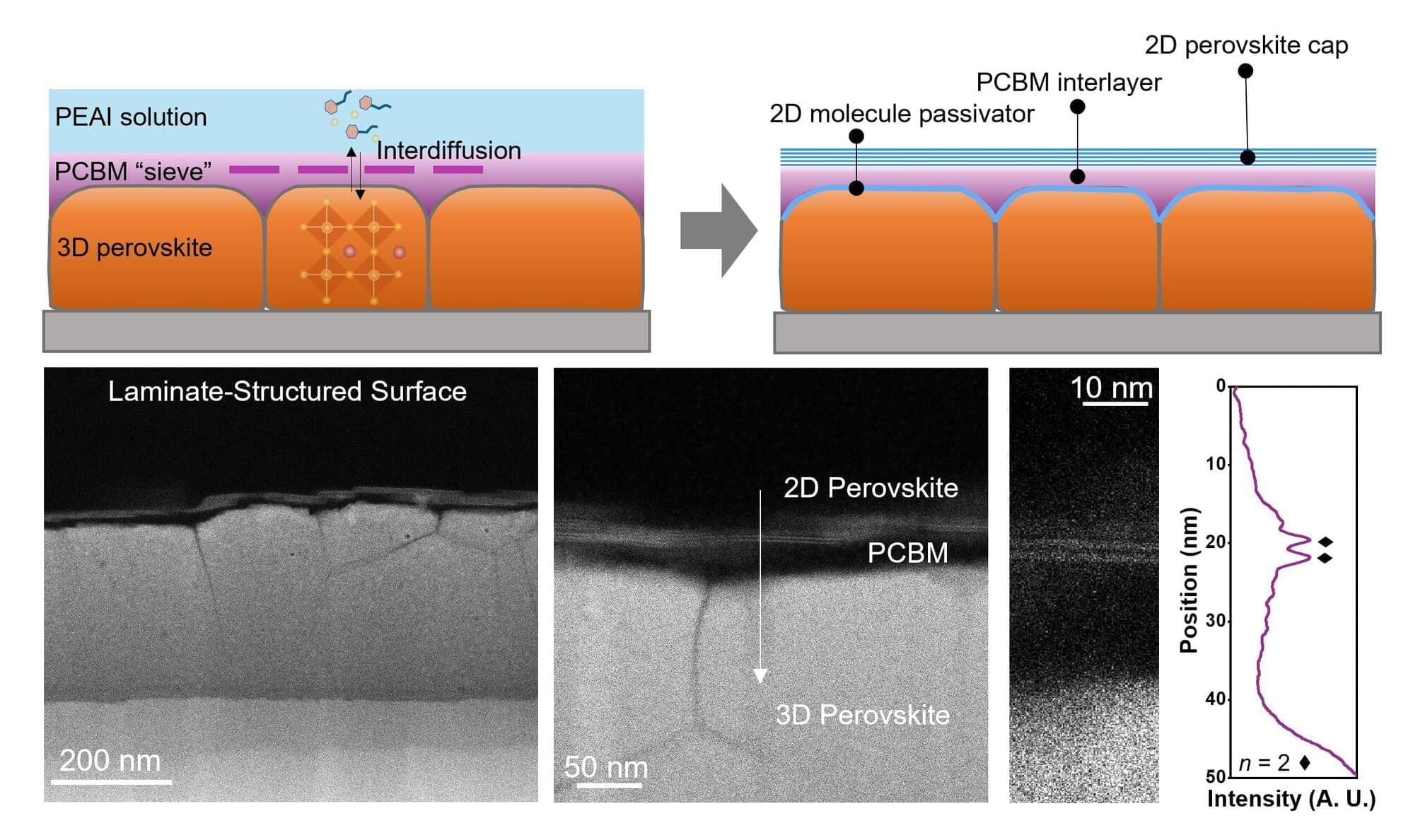
A collaborative research team from the Hong Kong University of Science and Technology (HKUST) and the Hong Kong Polytechnic University (PolyU) has developed an innovative laminated interface microstructure that enhances the stability and photoelectric conversion efficiency of inverted perovskite solar cells. The research is published in the journal Nature Synthesis.
Perovskite solar cells have considerable potential to replace traditional silicon solar cells in various applications, including grid electricity, portable power sources, and space photovoltaics. This is due to their unique advantages, such as high efficiency, low cost, and aesthetic appeal.
The basic structures of perovskite solar cells are classified into two types: standard and inverted. The inverted structure demonstrates better application prospects because the electronic materials used in each layer are more stable compared to those in the standard configuration.

A new study led by a pair of researchers at the University of Massachusetts Amherst turns long-held conventional wisdom about a certain type of polymer on its head, greatly expanding understanding of how some of biochemistry’s fundamental forces work. The study, released recently in Nature Communications, opens the door for new biomedical research running the gamut from analyzing and identifying proteins and carbohydrates to drug delivery.
The work involves a kind of polymer made up of neutral polyzwitterions. Because they have a neutral electrical charge, polyzwitterions are not expected to respond to an electric field. However, the team found not only that certain neutral polyzwitterions behave as if they were charged, but also that the electric field surrounding polyzwitterions, once thought to be uniform, varies in strength.
“My interest is in the proteins and amino acids, which are the building blocks for protein, inside our body’s cells,” says Yeseul Lee, lead author and graduate student in polymer science and engineering at UMass Amherst.
The study set out to explain the odd features of ‘Oumuamua.